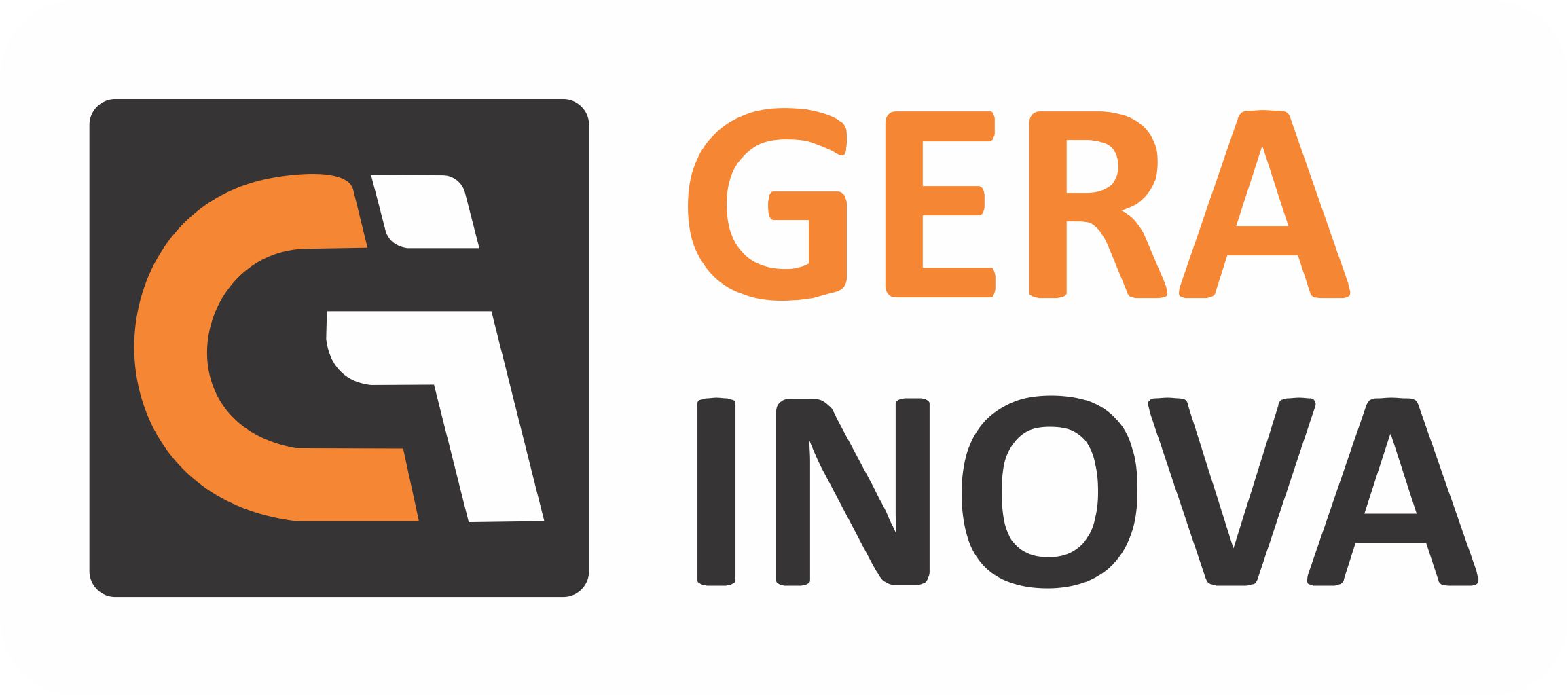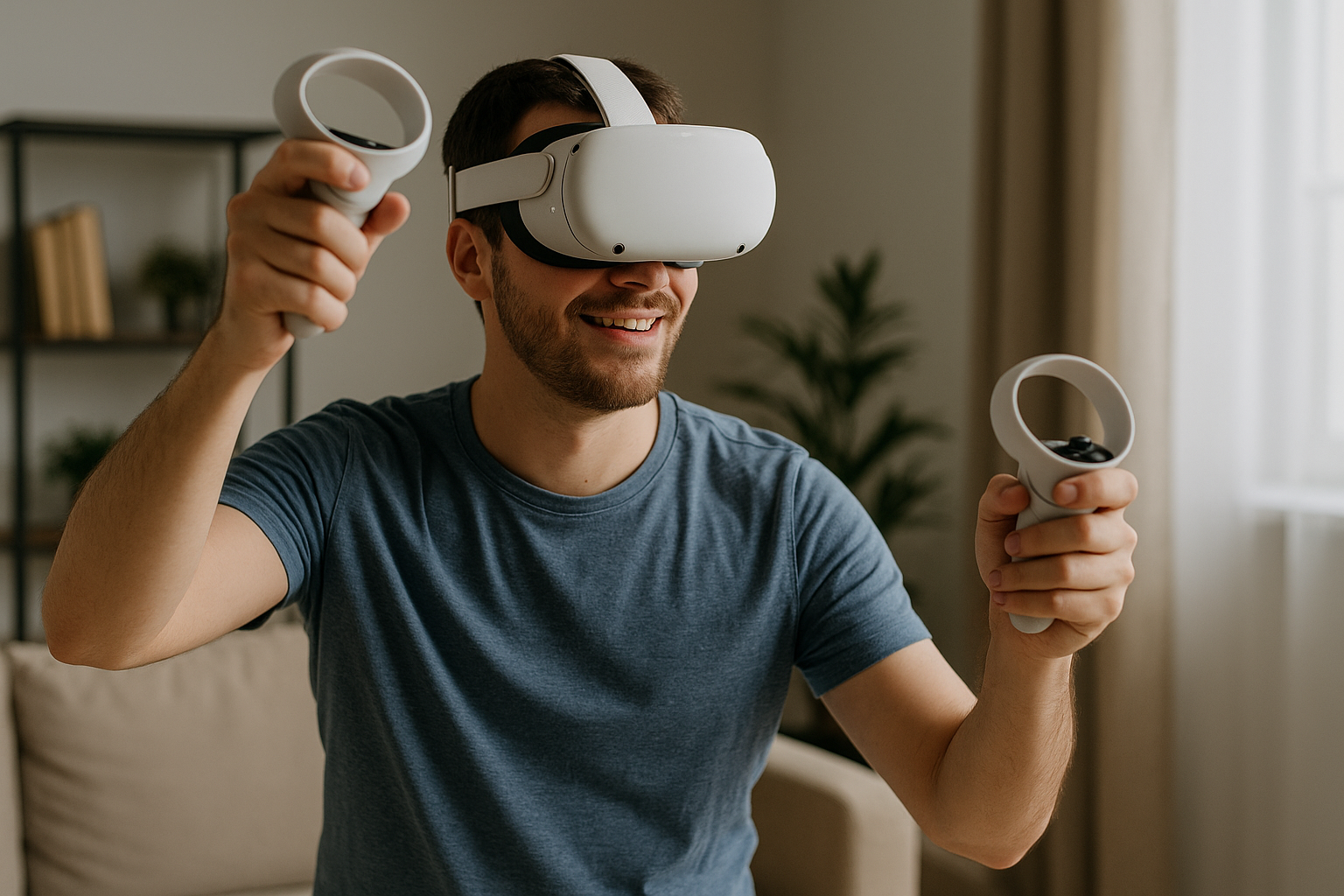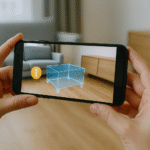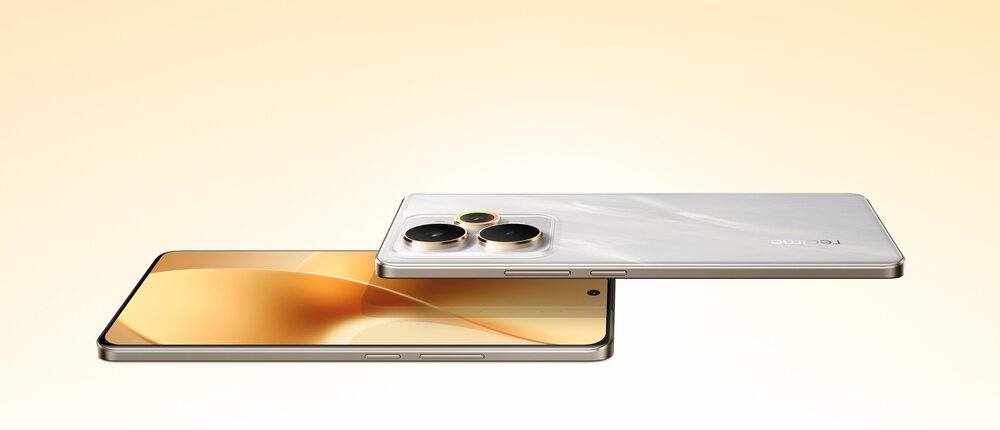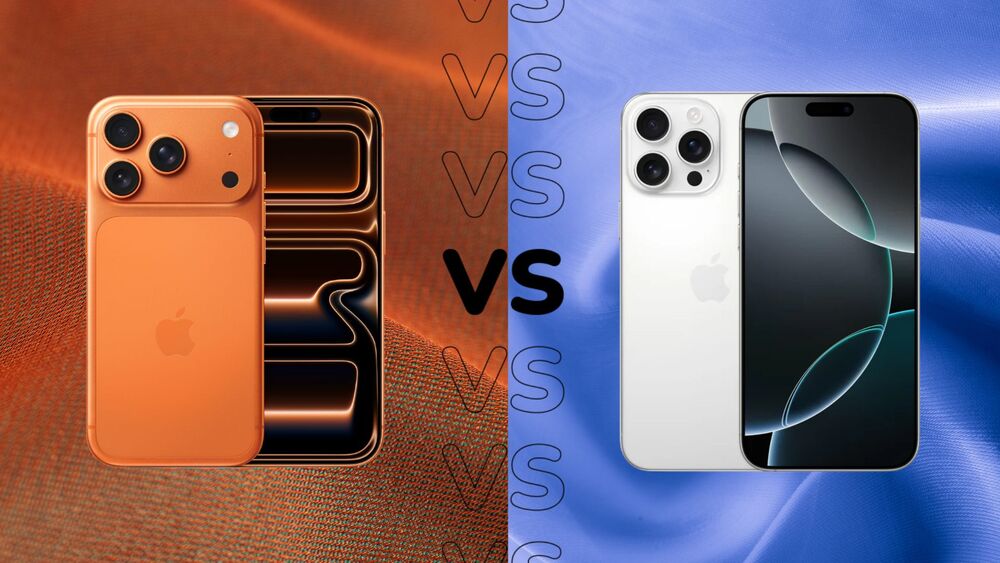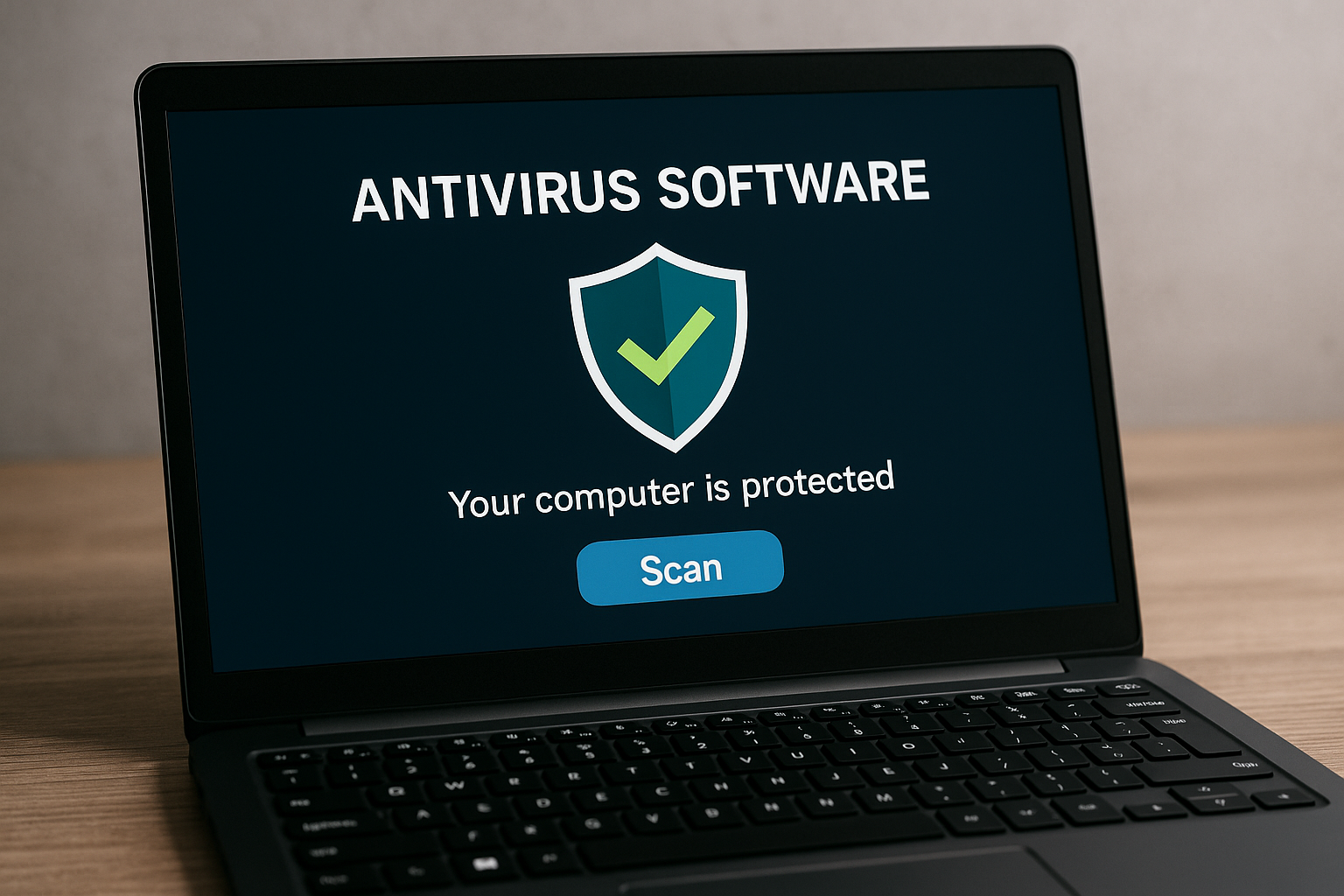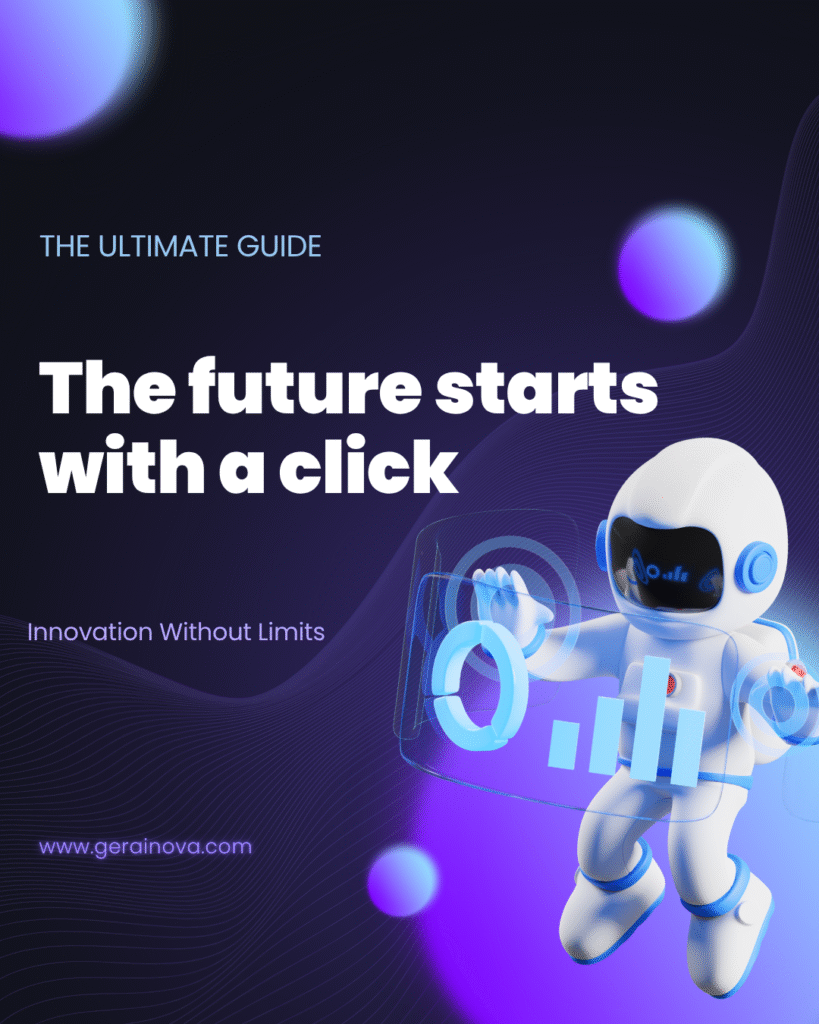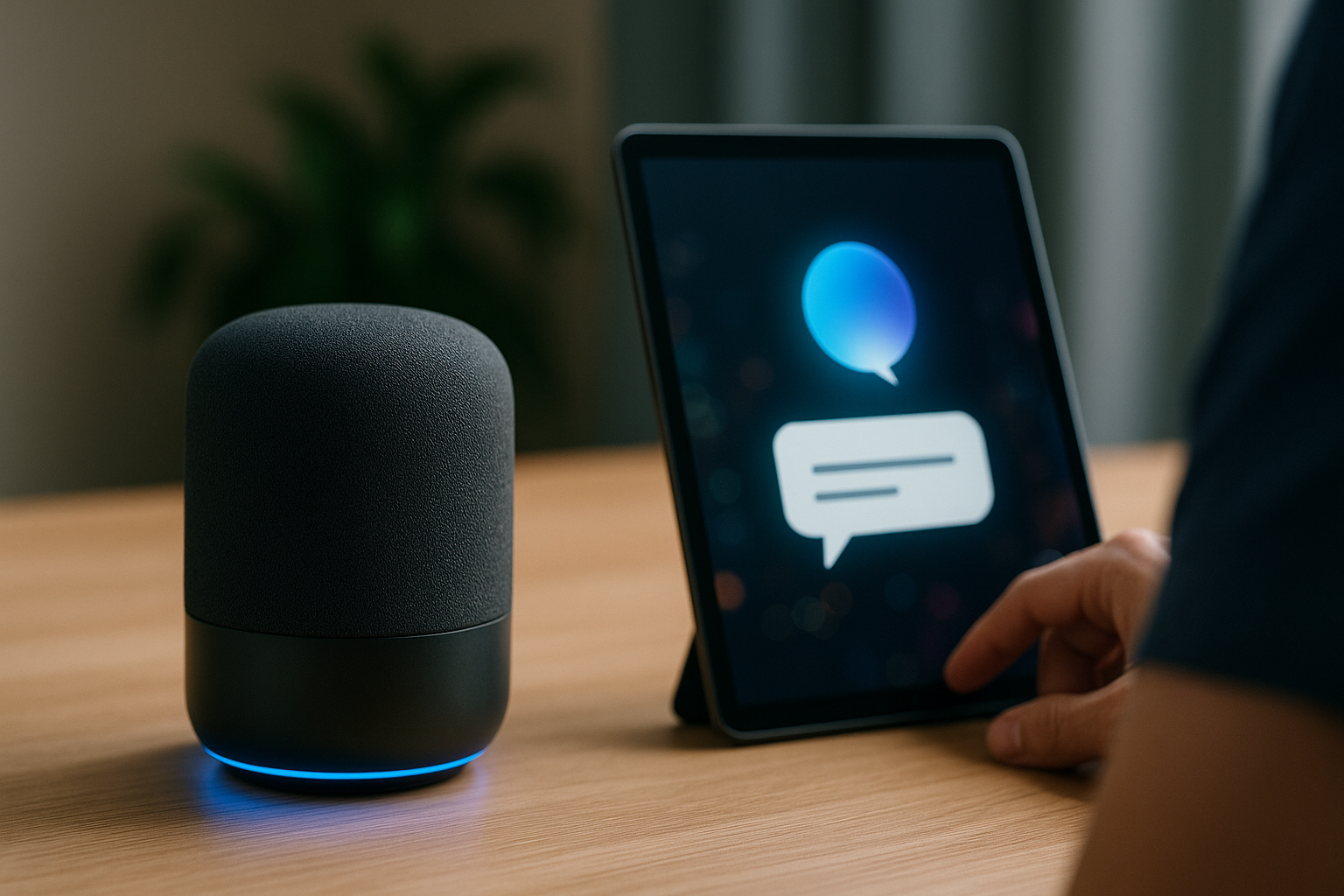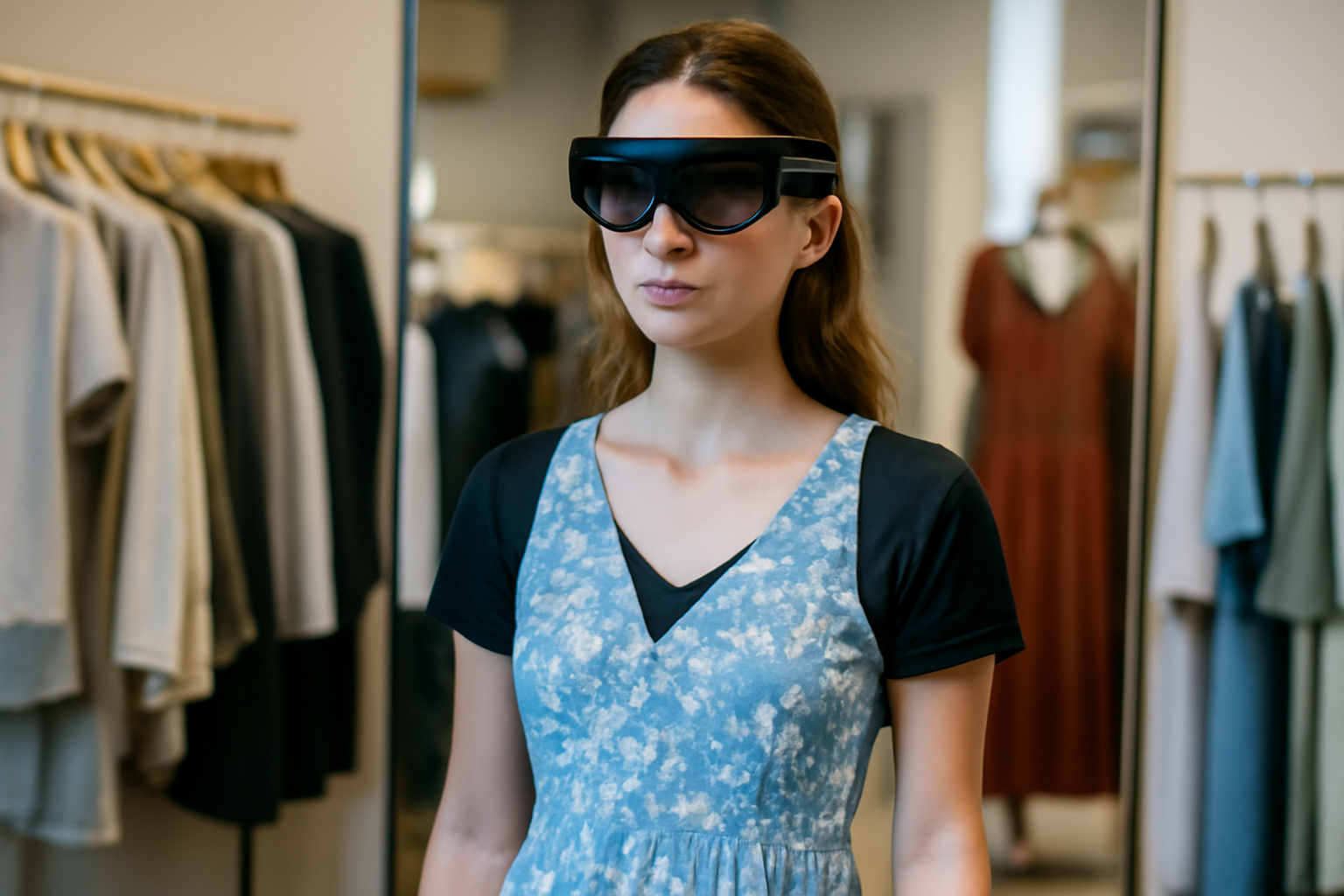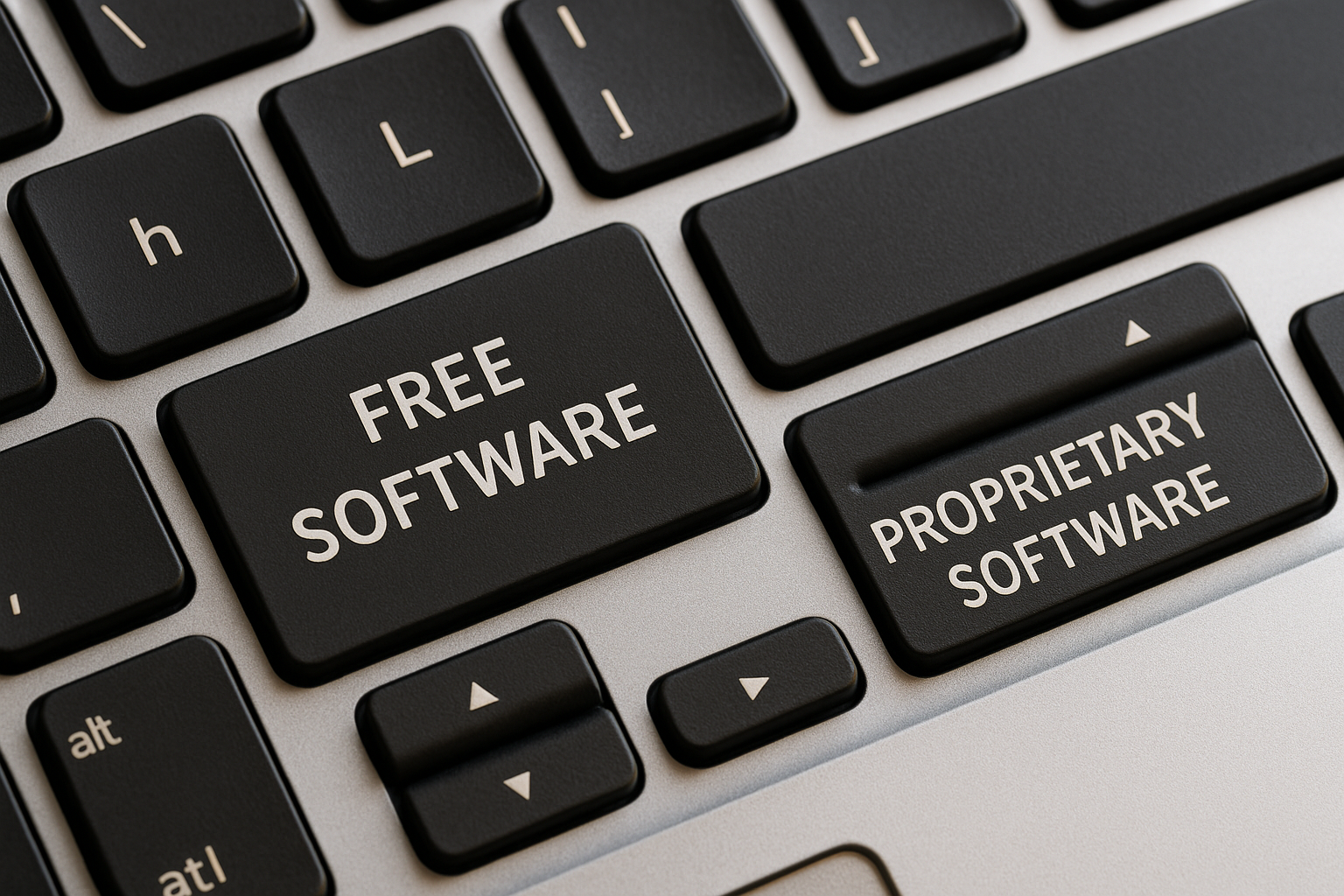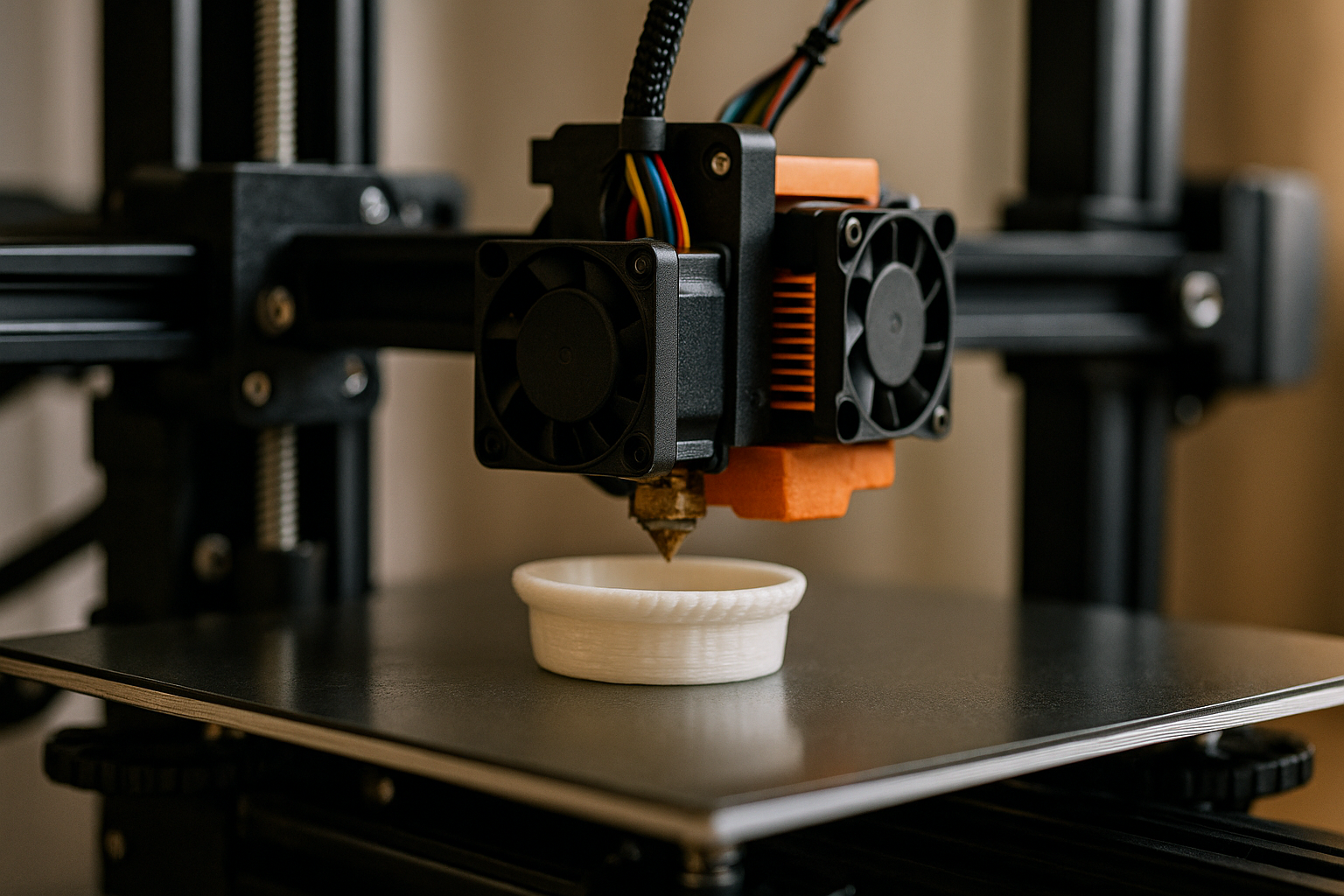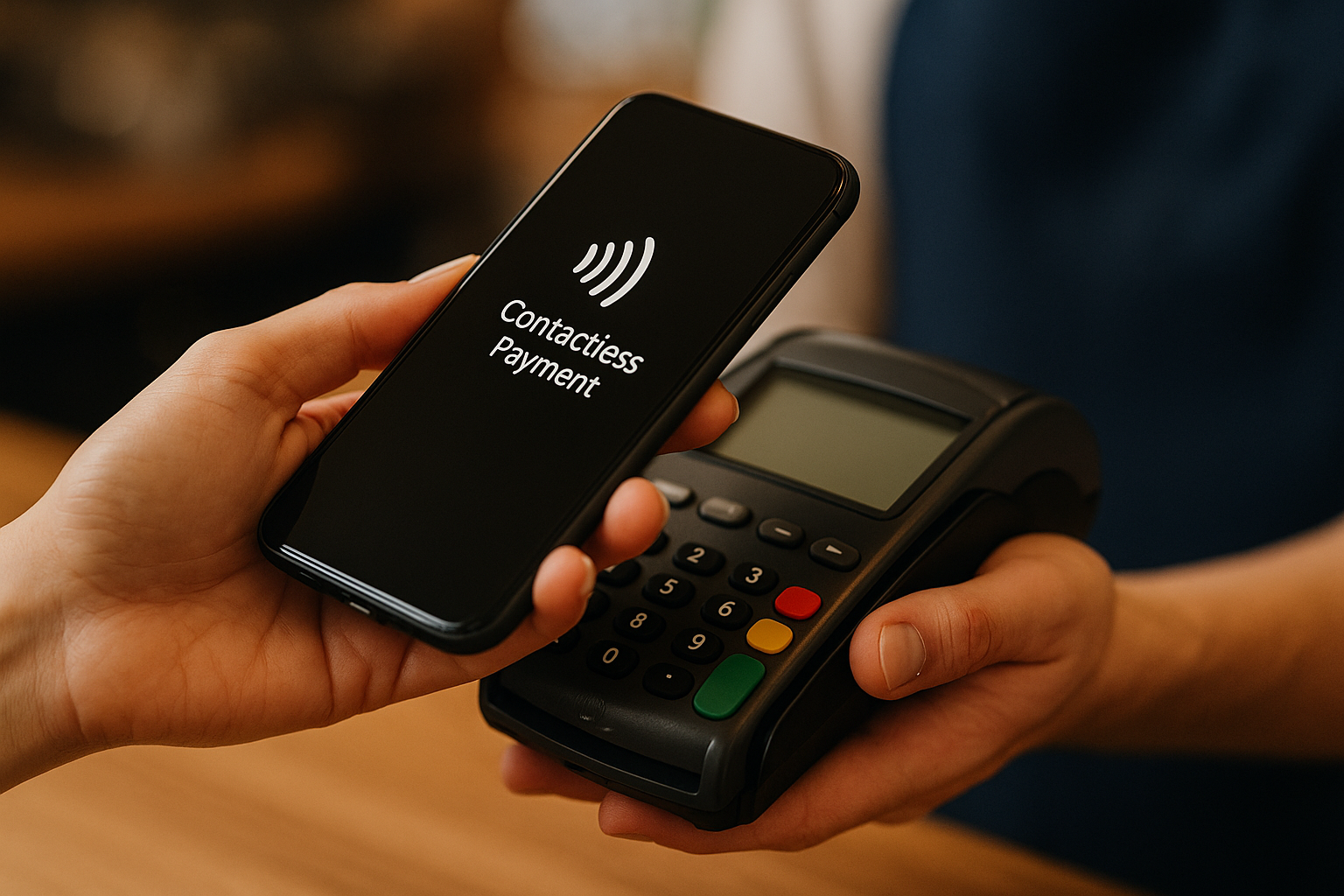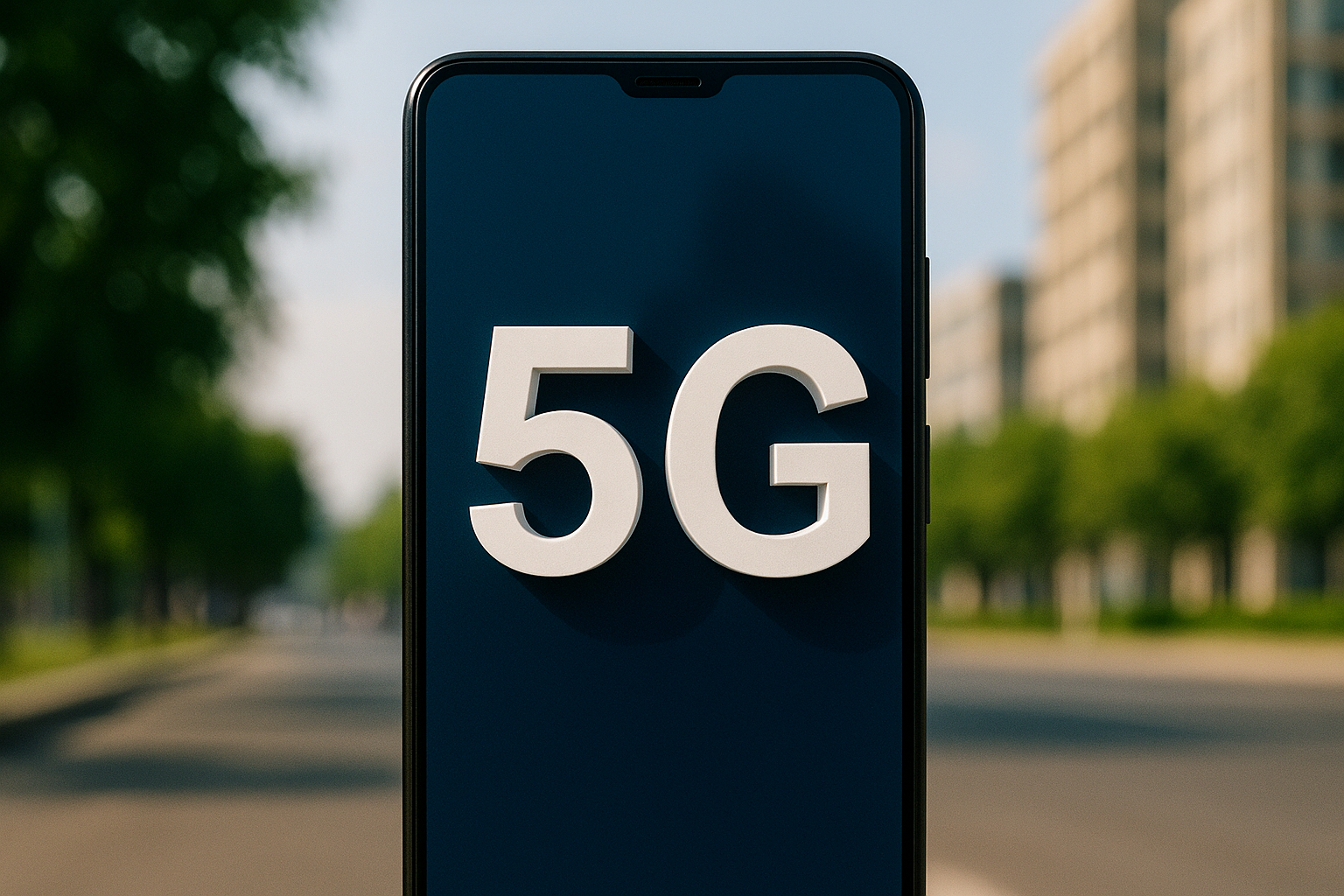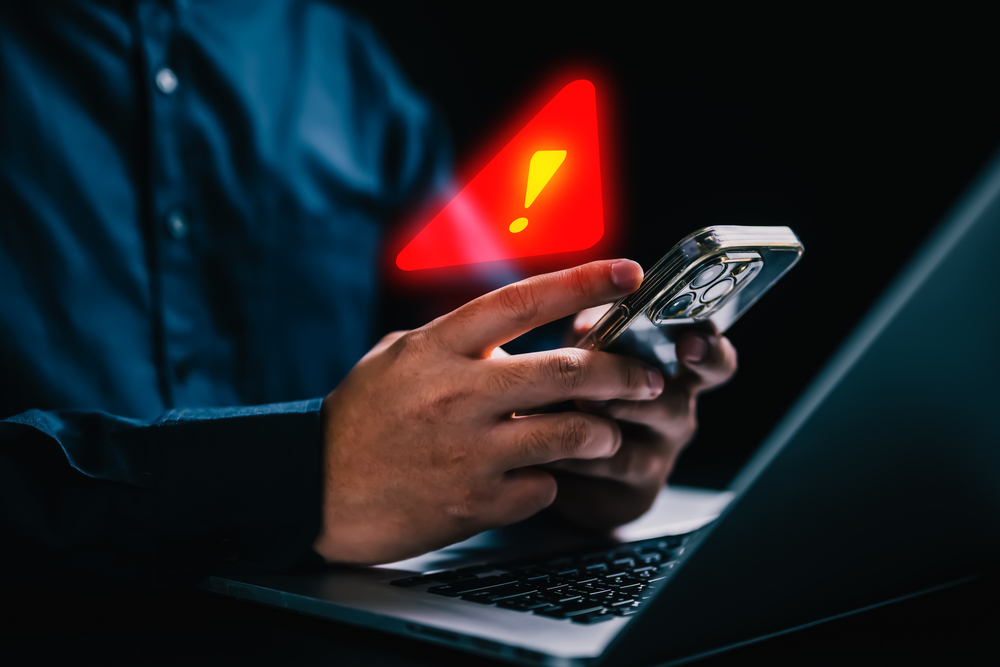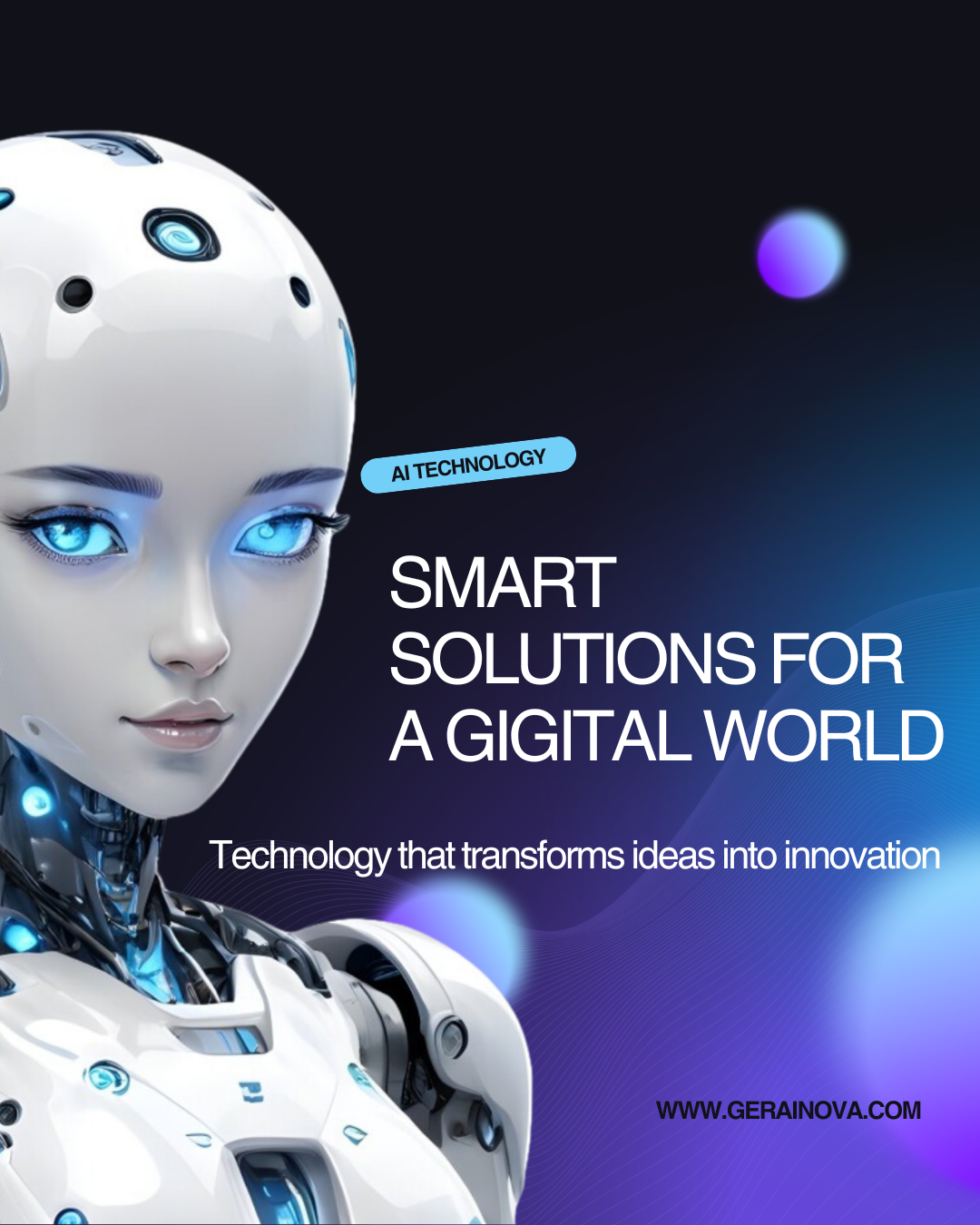Understanding Virtual Reality: A Quick Primer
Virtual Reality (VR) is no longer just a buzzword thrown around in tech circles or confined to the realm of video games. At its core, VR refers to a simulated experience that can be similar to or completely different from the real world. Using headsets and motion tracking, users can immerse themselves in digital environments and interact with them in real-time.
Initially popularized through gaming, VR has steadily evolved into a powerful tool for education, therapy, design, and even social connection. It’s not just about escaping reality — it’s about enhancing it, expanding it, and reimagining what’s possible.
The Evolution of Virtual Reality
From Sci-Fi to Real Life
In the past, VR was largely a concept rooted in science fiction. Think of films like The Matrix or Tron — immersive, alternate realities felt like a far-off dream. Fast forward to today, and VR technology is more accessible and sophisticated than ever. Devices like the Meta Quest 3, HTC Vive, and Sony PlayStation VR have made high-quality virtual experiences a household possibility.
Technological Breakthroughs
Advancements in motion tracking, graphics rendering, and haptic feedback have taken VR far beyond pixelated landscapes and clunky movements. Today, users can walk around virtual rooms, interact with objects using hand gestures, and even feel vibrations that mimic touch. Full-body tracking suits and omnidirectional treadmills further expand what’s possible, turning passive experiences into active ones.
Affordability and Accessibility
Once limited to high-budget tech enthusiasts, VR is becoming more affordable. Standalone headsets that don’t require a powerful PC or gaming console have dramatically lowered the entry barrier. Combined with a growing library of free or low-cost experiences, VR is becoming accessible to students, professionals, and casual users alike.
Beyond Gaming: Real-World Applications
Education and Training
One of the most impactful uses of VR is in education. Students can explore ancient civilizations, perform virtual dissections, or understand complex physics through immersive 3D models. Medical students, for example, use VR to simulate surgeries, allowing for safe, hands-on practice that builds muscle memory and confidence.
In corporate settings, VR training is gaining traction. From leadership development to customer service training, companies are leveraging immersive scenarios to enhance learning and retention.
Therapy and Mental Health
Virtual reality has shown promising results in mental health treatment. Therapists use VR to treat phobias by gradually exposing patients to their fears in controlled environments. It also aids in PTSD therapy, offering veterans and trauma survivors a new way to process experiences.
Mindfulness and meditation apps in VR allow users to escape stressful environments and practice self-care in peaceful, digital landscapes. Some hospitals even use VR to help children and adults manage pain during procedures.
Architecture and Design
Architects and designers are embracing VR to present interactive, walk-through versions of their projects. Clients can explore homes, offices, or public spaces before a single brick is laid. Adjusting design elements becomes easier and more intuitive in a 3D space.
Interior decorators use VR to simulate lighting, furniture arrangements, and material textures. This not only saves time and money but enhances communication between clients and professionals.
Virtual Workspaces and Collaboration
With remote work becoming the norm, VR introduces new levels of collaboration. Virtual offices and conference rooms simulate physical presence, enabling team members to meet, brainstorm, and even socialize across distances. Companies like Spatial and Meta are already investing heavily in this sector.
From co-working to co-creating, VR is redefining productivity. Imagine sharing a virtual whiteboard with colleagues or prototyping a product in real-time, regardless of location.
Healthcare and Physical Rehabilitation
VR is also making significant strides in healthcare. Physical therapy patients use gamified VR environments to practice movements and rebuild strength. For stroke survivors or those with mobility issues, VR offers engaging, repeatable exercises in a safe and controlled environment.
Surgeons are using VR for procedural rehearsals, while nurses train on patient interaction and emergency protocols. It’s hands-on experience without the risk.
Social Experiences and Virtual Communities
VR isn’t just transforming industries — it’s reshaping human interaction. Social platforms like VRChat, Horizon Worlds, and AltspaceVR allow people to gather, play, learn, or even attend concerts in shared virtual environments. This is particularly meaningful for people in isolated areas or those with mobility challenges.
Virtual hangouts, escape rooms, group games, and karaoke nights are just a few examples. The ability to customize avatars, spaces, and interactions makes social VR both expressive and deeply personal.
Art, Culture, and Entertainment
Artists and performers are exploring VR as a medium. From interactive 3D sculptures to immersive theater, VR provides a canvas with no boundaries. Museums are launching virtual exhibitions, enabling global audiences to explore priceless art collections from home.
VR storytelling is also taking shape, blending elements of film, gaming, and theater. With 360° environments and responsive narratives, users become active participants in the story. The result is a deeply personal and emotional form of entertainment.
Music and Immersive Audio
Musicians are hosting VR concerts, offering fans front-row seats without leaving their homes. These events often include interactive elements, such as choosing camera angles or exploring backstage areas.
Spatial audio enhances the experience, mimicking real-life soundscapes. As users move through environments, the audio shifts accordingly, creating a more authentic and immersive listening experience.
Retail and Shopping
Retailers are transforming the shopping experience using VR. Consumers can try on clothing in virtual fitting rooms, walk through digital replicas of stores, or preview how furniture fits in their homes. Brands like IKEA, Sephora, and Nike are at the forefront of this movement.
VR also supports decision-making, reducing return rates and increasing customer satisfaction. For marketers, it offers opportunities to engage customers with interactive, memorable campaigns.
Sports, Fitness, and Lifestyle
Fitness applications are booming in VR. Programs like FitXR and Supernatural offer full-body workouts that are engaging and fun. Users box, dance, or stretch in stunning virtual locations, transforming workouts into adventures.
Athletes use VR for training and visualization. Football players run simulated plays, golfers perfect their swing, and race car drivers test tracks. It’s a game-changer for performance and preparation.
Travel and Exploration
Not everyone can travel the world, but VR makes global exploration possible from your living room. You can walk the streets of Tokyo, hike Machu Picchu, or dive the Great Barrier Reef — all in high-definition virtual environments.
Educational VR travel apps also offer guided tours with historical context, cultural insights, and interactive elements. It’s a powerful way to teach geography, history, and global awareness.
Challenges and Ethical Considerations
Despite its promise, VR comes with challenges. Motion sickness is still a concern for many users, particularly in fast-moving or poorly optimized environments. Developers are working to reduce latency and improve frame rates to address this.
Privacy is another critical issue. VR systems collect extensive user data, including eye movements, gestures, and biometric feedback. Protecting this information is vital, especially as social and commercial platforms expand.
There’s also concern about escapism. As VR becomes more immersive, some users may prefer virtual lives over real ones. Mental health professionals and developers must collaborate to ensure balanced, healthy use.
In addition, virtual harassment and toxicity are real problems in social VR platforms. Clear moderation policies, robust reporting systems, and community guidelines are essential to create safe spaces.
The Future of Virtual Reality
The future of VR is limitless. We’re seeing rapid advances in AI, graphics, and tactile feedback that will make VR more natural, realistic, and accessible. Next-generation headsets are lighter, wireless, and feature higher resolution displays.
We’re also witnessing the convergence of VR with Augmented Reality (AR), known as Mixed Reality (MR). These technologies allow digital elements to interact with the physical world, opening doors for hybrid experiences in education, navigation, retail, and more.
In the long term, brain-computer interfaces may enable control of VR environments with thoughts alone. The fusion of neuroscience and technology will redefine not just virtual experience, but human experience itself.
Virtual economies and digital assets are on the rise, too. People are buying, selling, and trading items like avatars, skins, and virtual land. Blockchain and NFTs are adding new dimensions to digital ownership.
How to Get Started with VR
If you’re ready to explore the virtual world, here are some beginner tips:
- Choose the right headset: Meta Quest 2 is a great entry-level option. For high-end experiences, consider the Valve Index or HTC Vive Pro.
- Start with comfort-friendly apps: Try slower-paced experiences like guided meditation or virtual tourism to get used to VR.
- Set up a safe space: Clear a play area, remove tripping hazards, and use a rug or mat to help orient yourself.
- Limit initial use: Start with short sessions (15–30 minutes) to avoid fatigue or motion sickness.
- Join a community: Reddit, Discord, and VR-specific forums are great places to learn, share tips, and discover new experiences.
Final Thoughts: Embracing a New Dimension
Virtual Reality is more than a technological novelty — it’s a new way to live, learn, and connect. It has the potential to transform education, revolutionize healthcare, redefine entertainment, and reshape how we interact with each other and the world.
Whether you’re stepping into VR for fun, productivity, healing, or exploration, you’re participating in a revolution that is just beginning. As hardware improves and applications diversify, VR will become an integral part of daily life.
So, strap on your headset, open your mind, and get ready to explore new realities. The future is not just coming — it’s already here, and it’s virtual.
